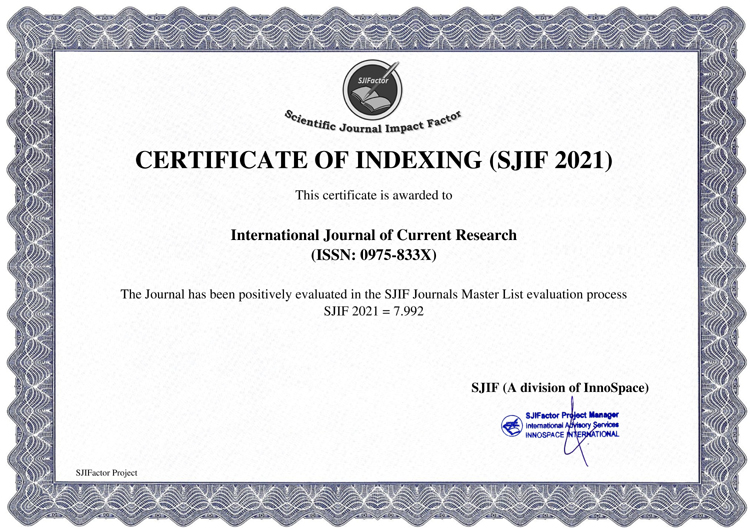The escalating costs of raw materials in the national market, coupled with the intensifying competition between humans and animals for conventional protein sources, have prompted a search for effective low cost and environmentally sustainable alternatives for livestock farming. This study is focused on the incorporation of Moringa leaf meal (FM) and black soldier fly larvae (FMSN) in Brahma chicken’s feed. During the experiment, 54 Brahma hens of three weeks were hazardly splited into three experimental groups of 18 hens each. Then, each group was still grouped into three replicates of six (6) hens. The experimental rations comprised a basal ration (FMMSN0), without any complement (FM or FMSN); the FMMSN10 ration (5% FM and 5% MSN); and the FMMSN30 ration (15% FM and 15% MSN). During 16 weeks, data were collected on growth characteristics of chickens. At 19th week of age, four animals from each group were sacrified for carcass yield determination. Then, the economic value of rations was also evaluated. Collected data’s were submitted to one-factor analysis of variance using the general linear model. The results showed that, FMMSN10 ration exhibited the highest growth performance, and the lowest feed conversion ratio (p<0.05) among all the experimental groups. While, the inclusion of FM and MSN in the ration did not result in any discernible impact on the carcass yield of the chickens. Nevertheless, the lowest production cost was observed with the ration FMMSN10 per kilogram. At the end, it can conclude that the incorporate of 10% FM and MSN in the Brahma chickens ration is not harmful to animals or meat consumers; and obviously reduces the production cost.





